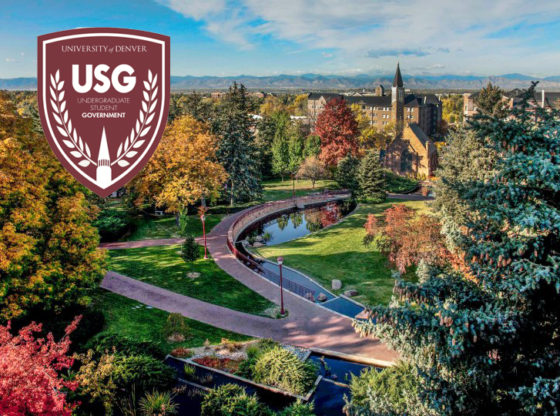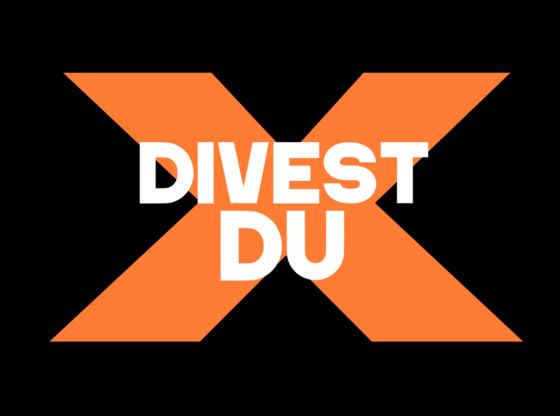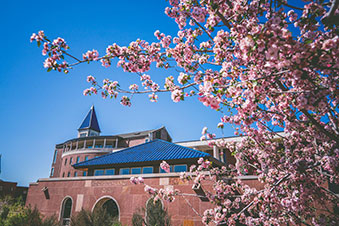 Photo by:
Photo by:
DU and the Estlow Center for Media awarded its 2010 Anvil of Freedom Award to Muslim journalist Mona Elthaway for her willingness to take risks in writing about the Muslim world.
The award was presented last Thursday during a lunch in Driscoll Student Center Ballroom.
Every year the Edward W. and Charlotte A. Estlow International Center for Journalism and New Media bestows the Anvil of Freedom award to a journalist who has made an outstanding contribution to democracy, such as Eltahawy.
Eltahawy, a reporter in the Middle East and United States, writes columns and opinion pieces on Islam and Muslim issues.
Eltahawy has been published in the Jerusalem Report, Al Arab, the Washington Post, the International Herald Tribune and has been a guest analyst on CNN, “Good Morning America,” the BBC and Al-Arabiya.
In August she received a death threat for writing a column criticizing Yale University Press’s decision to pull the images from the first academic study of the Danish cartoon crisis.
“I don’t think of what I do as necessarily dangerous or courageous,” said Eltahawy. “The courageous ones are the ones living every day in the Middle East and speaking out.”
The Driscoll Ballroom was packed as Eltahawy lectured on her journalistic efforts in altering media attention of Islam.
She held up pictures of covered-in-black Muslim women and angry Muslim men and challenged the stereotypical images of Islam.
Eltahawy discussed the ability for online media to communicate a more complete, and inclusive vision of Islam.
In Eltahawy’s opinion, blogs and online media are giving voice to a variety of Muslims, who have been voiceless.
“It’s incredible the kind of voices you hear,” said Eltahawy. “You don’t see that in the media.”
Eltahawy’s blog, Facebook and Twitter pages provide a platform where many of those voices are heard daily.
Much of the discussion has to do with women’s rights in the Arab world.
Last Wednesday, the topic of Muslim headscarves monopolized most of the conversation.
The symbology of the headscarf has transformed throughout the years, such that when Eltahawy was born in Egypt in 1967, the headscarf was rarely seen on the streets, but today Eltahawy is questioned in Egypt when seen without her headscarf.
“Some only saw the headscarf and others thought I was the headscarf,” said Eltahawy. “I am not the Quran in motion.”
Eltahawy calls herself a proud liberal Muslim, and although she wore a headscarf for nine years, she no longer wears one.
Muslim ladies in the audience shared their views of the headscarf as well, one saying she did not think it was mandatory to wear a headscarf, but chooses instead to cover her head with an unconventional hat.
Others wore nothing on their heads, and some wore the typical headscarf. Eltahawy pointed to these varying opinions as evidence that there is more than ‘one’ image of Islam.
Lynn Schofield Clark, assistant professor and director of the Estlow Center, organized the event that was held in conjunction with University of Colorado Boulder’s “Islam and the Media” conference.
“Her [Eltahawy] willingness to ruffle feathers of those in charge make her especially deserving,” said Clark.










